Race bovine limousine
The Limousin breed, originating from the Limousin and Marche regions of central France, is one of the most important beef cattle breeds worldwide. Recognized for its golden-red coat, exceptional muscle development, and high feed efficiency, Limousin cattle are highly valued in both purebred and crossbreeding programs. Farmers choose Limousin for its adaptability, rapid growth, and premium carcass yield, while consumers appreciate the lean yet tender quality of its beef.
Histoire et origine
French Roots
Limousin cattle have been bred in central France for centuries. Originally used as draught animals due to their strength and endurance, they later became renowned for beef production as selective breeding enhanced their growth and carcass traits.
Expansion mondiale
By the 1960s and 1970s, Limousin cattle were exported across Europe, North America, South America, and Australia. Today, they are considered one of the most widely distributed continental beef breeds, known for their versatility in different climates and production systems.
Caractéristiques physiques
Apparence
-
Couleur : Golden-red coat, lighter around the eyes and muzzle.
-
Taille : Medium-to-large framed cattle with strong muscle definition.
-
Les taureaux pèsent 1,000–1,200 kg (2,200–2,600 lbs).
-
Moyenne des vaches 650–850 kg (1,400–1,870 lbs).
-
-
Construire : Deep-bodied, long loins, and heavily muscled hindquarters.
Le tempérament
Limousin cattle are generally docile but can be more alert than breeds like Hereford, requiring experienced handling in larger herds.
Beef Quality and Carcass Traits
Yield and Efficiency
-
Pourcentage d'habillage : Typically 62–65%, with a high proportion of retail cuts.
-
Muscling: Known for lean, well-muscled carcasses with little excess fat.
-
Qualité de la viande : Lean beef that remains tender when managed properly; lower fat makes it attractive in markets demanding healthier meat options.
Market Value
Limousin beef is highly marketable due to its efficiency and yield. Many branded beef programs promote Limousin or Limousin-cross beef for its combination of size, leanness, and tenderness.
Rusticité et adaptabilité
Tolérance climatique
Limousin cattle are hardy animals capable of thriving in both temperate European pastures and more challenging environments in South America, Australia, and Canada.
Aptitude au pâturage
They are efficient feed converters, maximizing muscle growth with less feed input compared to some larger continental breeds.
Traits reproductifs et maternels
Fertilité et vêlage
-
Calves are slightly larger at birth (36–42 kg / 80–92 lbs), but selective breeding has improved calving ease significantly.
-
High fertility rates and good conception performance are common in Limousin herds.
Maternal Ability
Cows are protective mothers with adequate milk to support strong calf growth. Limousin calves are vigorous at birth and display high survival rates.
Avantages
Pour les agriculteurs
-
High Yield: Excellent carcass weight and proportion of prime cuts.
-
Capacité d'adaptation : Thrive in diverse climates and production systems.
-
Impact des croisements : Widely used to improve muscle development and efficiency in other breeds.
-
Profitability: Lean beef meets modern consumer demand for healthier, protein-rich diets.
Pour les consommateurs
-
Lean and Nutritious: Lower fat but still tender and flavorful.
-
Trusted Quality: Often marketed as a healthier beef option.
-
Global Availability: Limousin beef is accessible in major beef-producing countries worldwide.
Faits marquants
-
🐄 Origine : Limousin and Marche regions, France
-
⚖️ Poids de la vache : 650–850 kg
-
⚖️ Poids du taureau : 1,000–1,200 kg
-
👶 Poids de naissance du veau : 36–42 kg
-
🍖 Rendement de la carcasse : 62–65%
-
🌎 Diffusion mondiale : Europe, North & South America, Australia, Canada
-
✅ Traits : Golden-red coat, lean beef, muscular build, efficient feed conversion
Limousin in Crossbreeding
Limousin bulls are extensively used in crossbreeding programs to add muscle and efficiency without significantly increasing calving problems. Popular crosses include Limousin × Angus, which combine marbling with size and yield.
Comparaison avec d'autres races
Compared to Angus, Limousin produces leaner beef with less marbling but higher yield. Against Charolaise, Limousin is slightly smaller but offers better feed efficiency and carcass leanness.
Role in Modern Beef Farming
As global demand for leaner meats increases, Limousin’s reputation grows stronger. Their balance of productivity and efficiency makes them ideal for modern, sustainable beef production.
“Limousin: Golden-Red Excellence in Beef
High Yield, Lean Quality, Global Adaptability
A Continental Breed Shaping the Future of Beef Farming”
The Limousin breed has evolved from a regional French draught animal into a global powerhouse of beef production. With its muscular build, exceptional carcass yield, and adaptability, it is a natural fit for farmers seeking profitability and efficiency.
Limousin beef, lean and tender, continues to satisfy both consumer health trends and culinary standards, cementing the breed’s role in premium markets.
Above all, the breed’s contribution to crossbreeding ensures its legacy, as Limousin genetics enhance herds around the world. This makes Limousin not just a historical breed of France, but a modern solution to global beef demands.

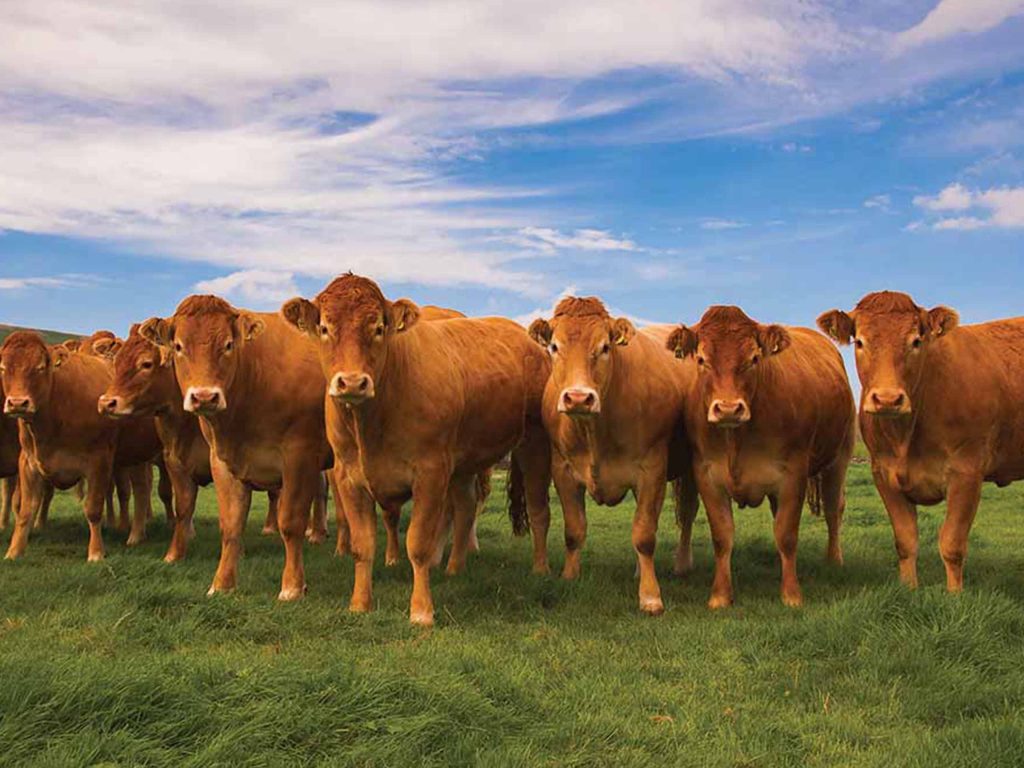

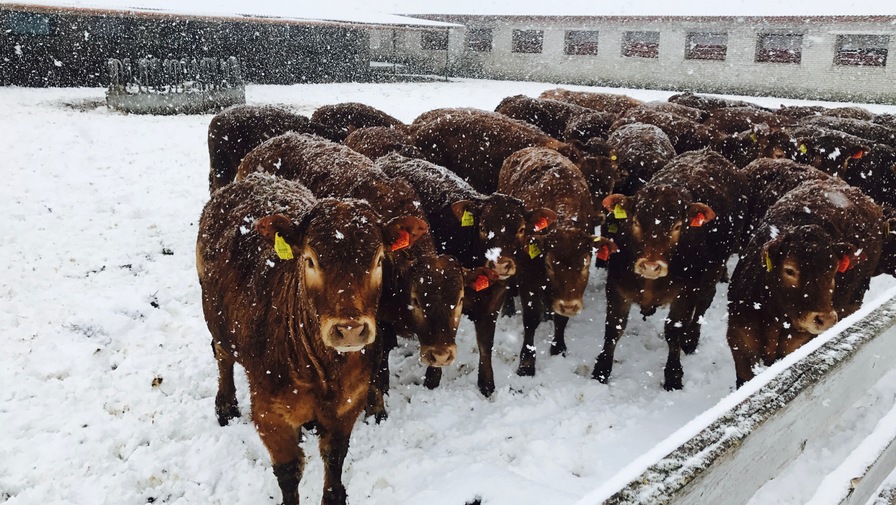
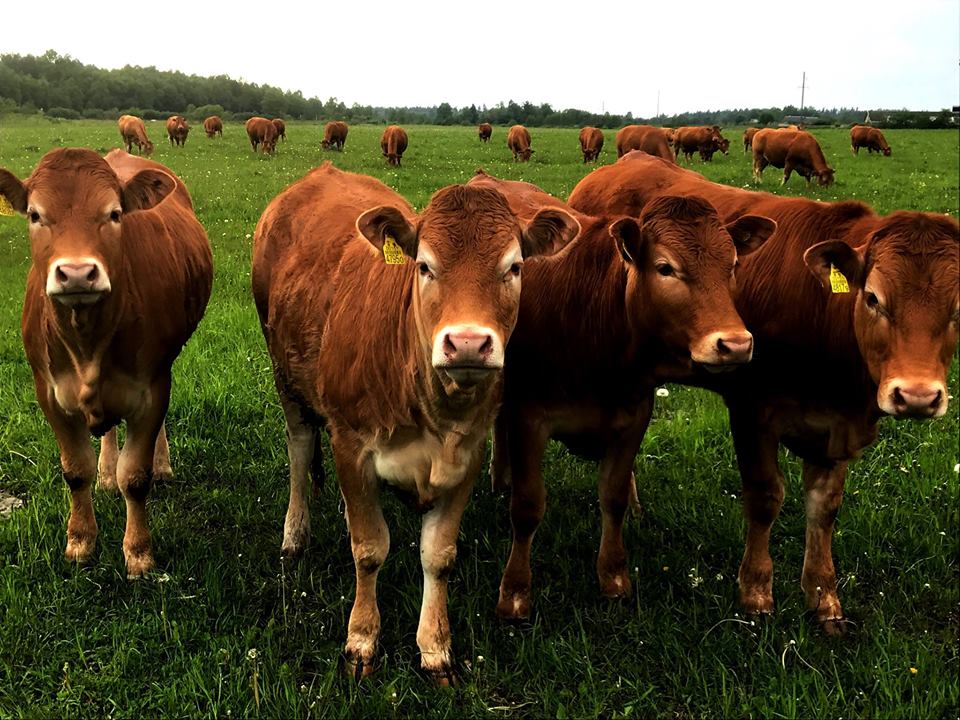
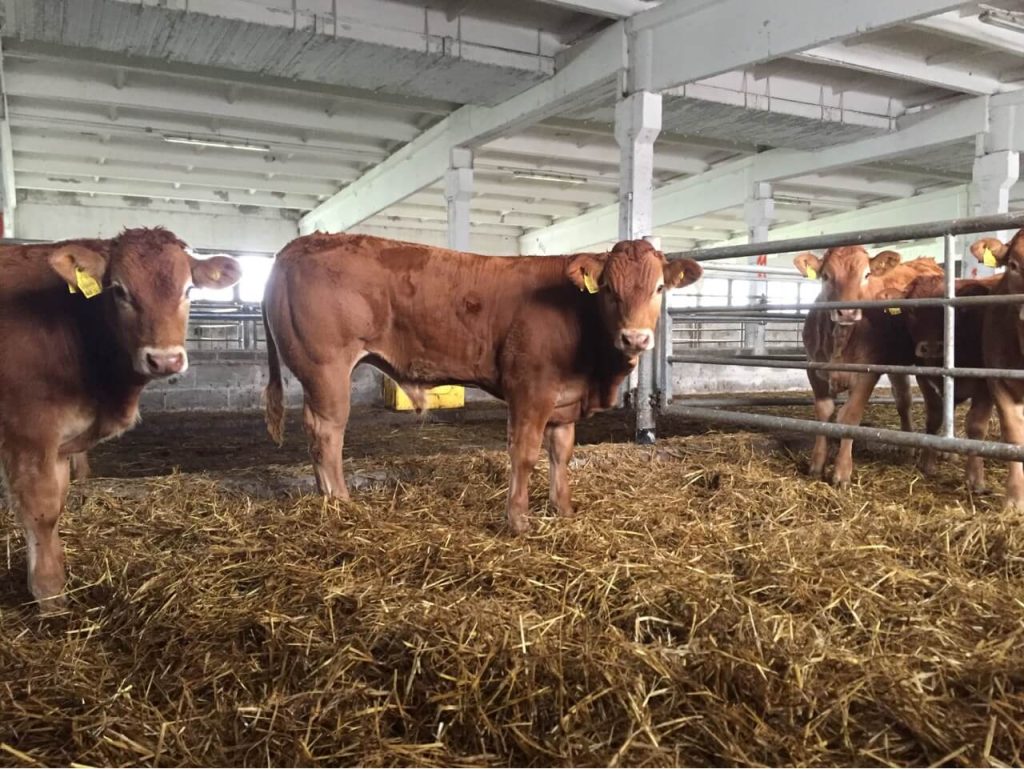
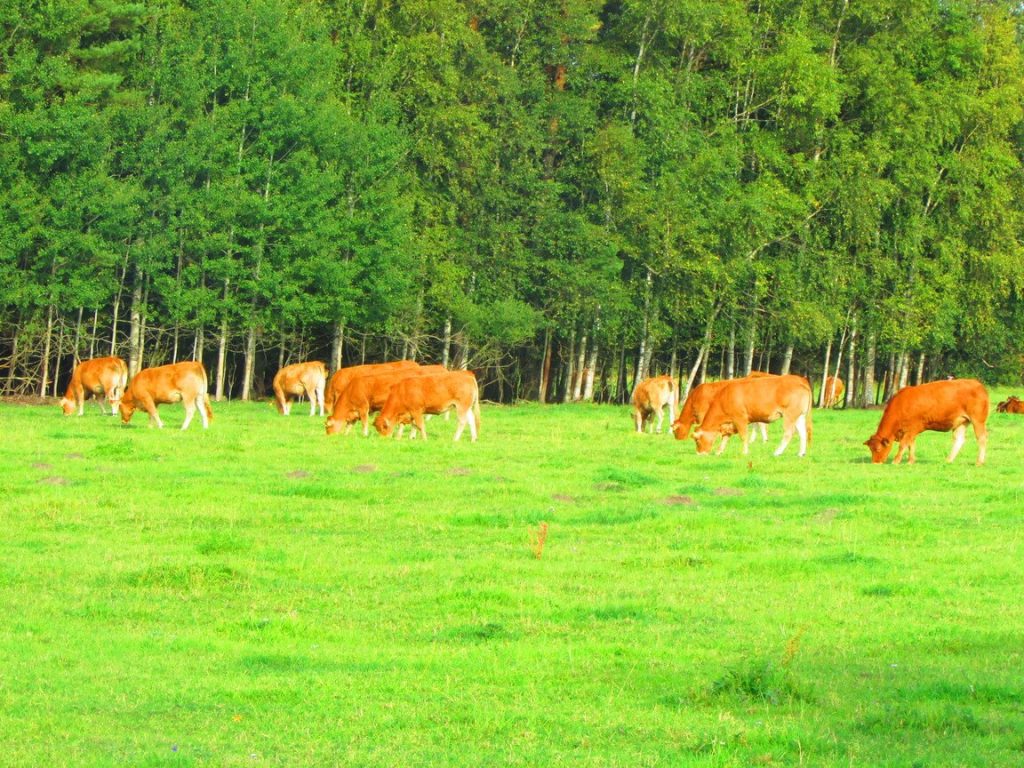
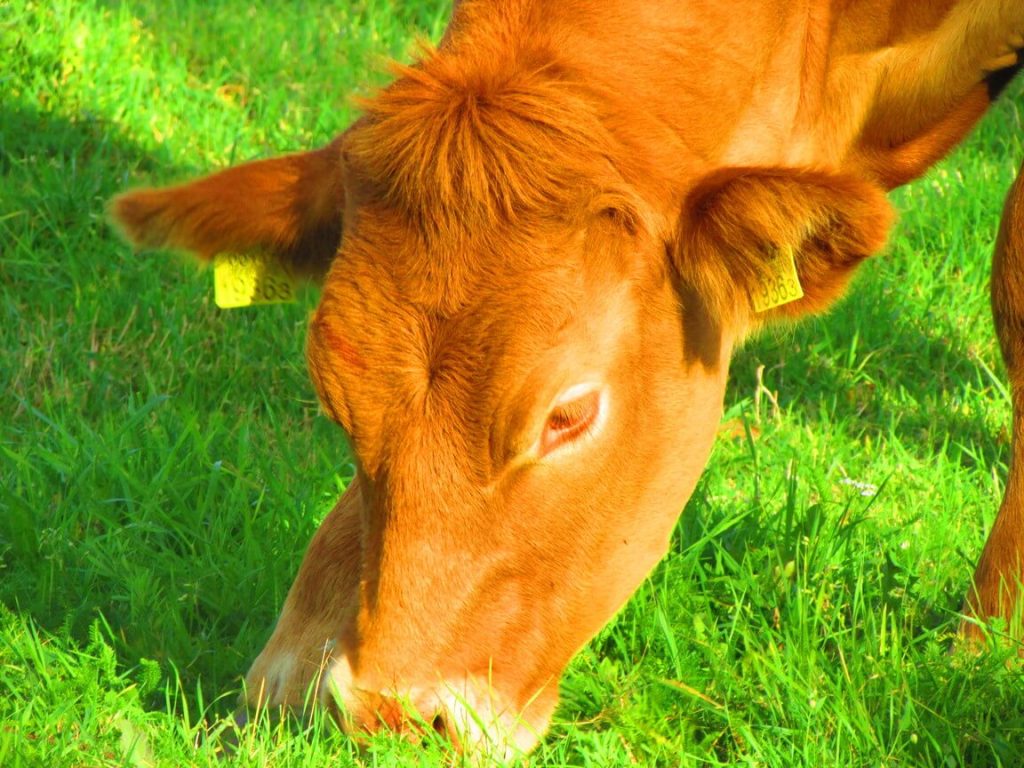
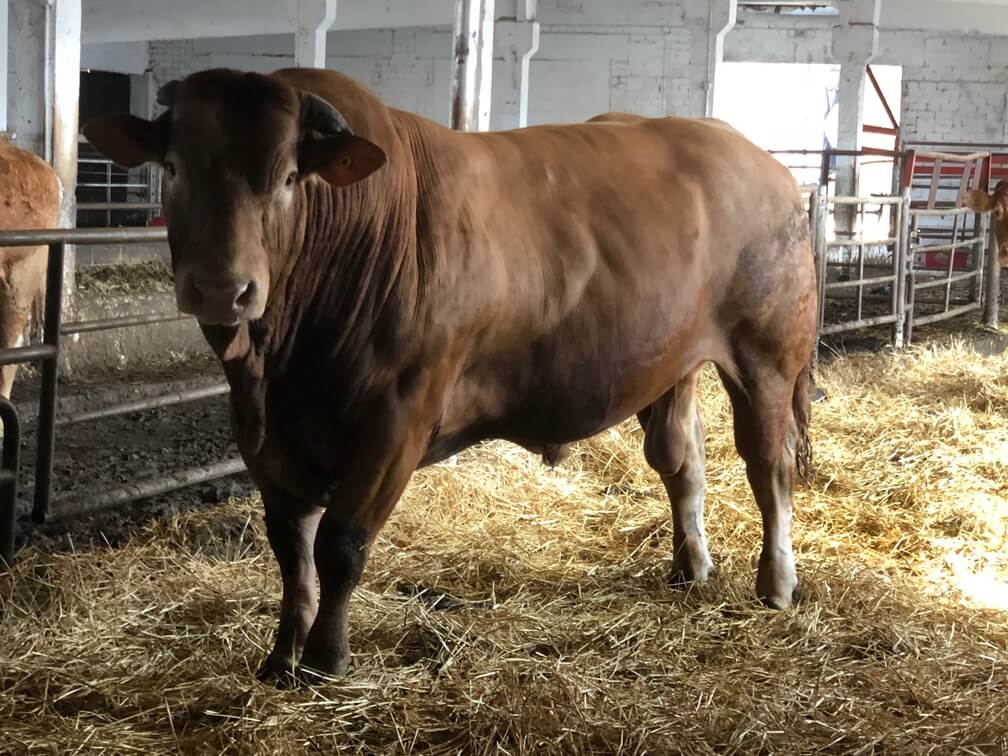
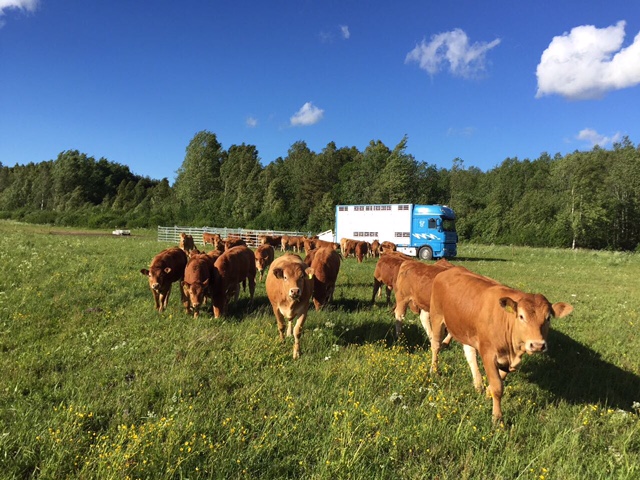
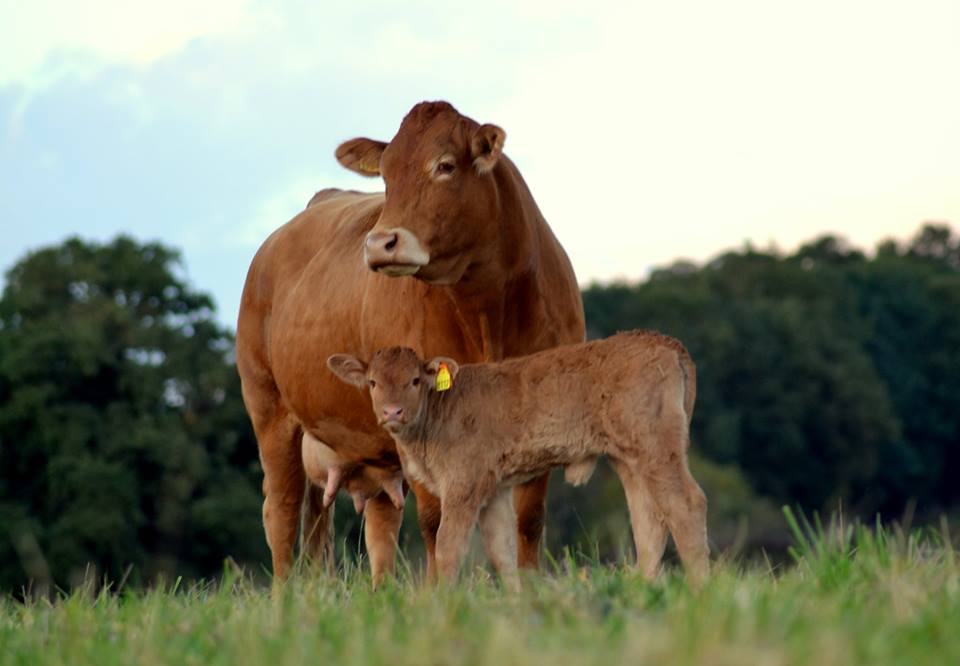
Avis des clients
Montrer 0 revues
Merci d'avoir soumis votre commentaire !